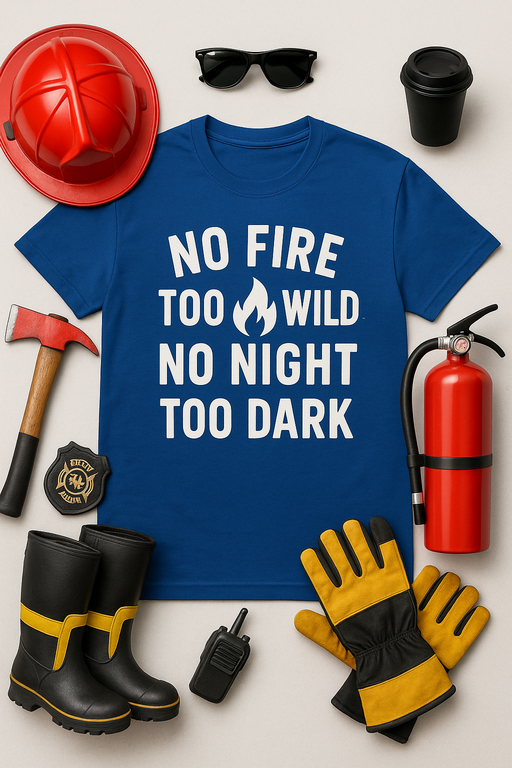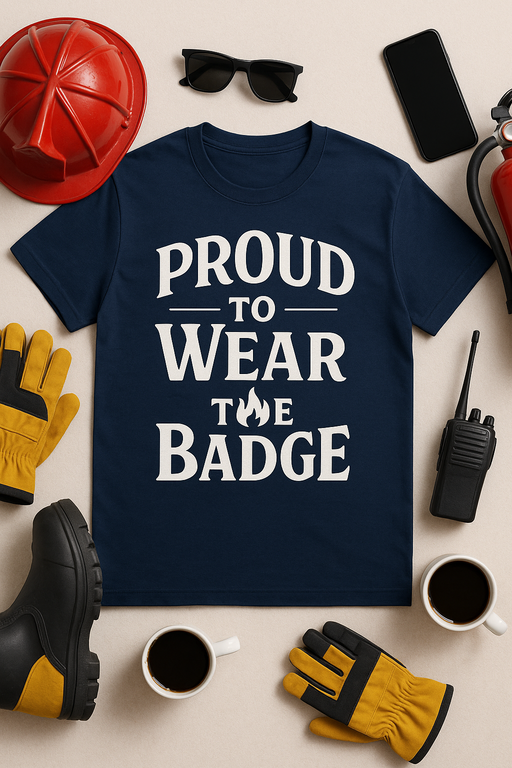The Psychology Behind Wearing Humor
Why do so many of us reach for a witty T-shirt, a cheeky pin, or socks that make people smile? The psychology of wearing humor blends identity, emotion, and social dynamics in fascinating ways. From signaling warmth to managing first impressions, humorous clothing operates like a small but powerful social technology. In this article, we’ll explore how and why humor in what you wear works, when it doesn’t, and how to use it wisely.
Humor as Social Signaling
Clothing is a language, and humor is one of its most expressive dialects. When you wear something funny, you’re sending cues about personality, values, and the type of interactions you welcome. Impression management theory suggests we curate what others see to influence how they perceive us. In this context, humorous style often communicates openness, creativity, and approachability.

From a signaling perspective, humor can indicate social intelligence and confidence. Getting a joke requires shared knowledge or timing; wearing one suggests you’re comfortable being noticed. Research on warmth versus competence perceptions shows that warmth cues are often processed first in social judgments. A playful graphic tee or lighthearted accessory can nudge observers toward perceiving you as friendly and low-threat—useful in new groups, casual workplaces, or networking events where breaking the ice matters.
There’s also the benign violation theory of humor: we laugh when norms are bent but not broken. Clothing that lightly subverts expectations—quirky prints, ironic slogans—can hint at a mind that spots incongruity and reframes it in a safe way. That sweet spot is important: go too far, and the joke stops being benign. Stay too safe, and the humor disappears.
Mood, Mindset, and the Clothes-Emotion Loop
Wearing humor isn’t just for others; it affects how we feel. Positive psychology’s broaden-and-build theory suggests that positive emotions expand our scope of attention and problem-solving. A bit of visual wit can spark a micro-moment of joy, nudging you toward a more open, resilient mindset. Those small mood lifts, repeated over time, can support social engagement and creativity.
There’s also the phenomenon often called “enclothed cognition,” where what we wear influences cognitive and emotional states. A whimsical piece may remind you not to take everything too seriously, buffering stress and encouraging flexibility. For some, humorous clothing acts as self-affirmation, reinforcing personal narratives like “I’m playful,” “I can handle tough days with levity,” or “I value human connection.”
Importantly, the effect can be context-dependent. A playful sweater on a casual Friday might energize you; the same sweater in a solemn setting could feel incongruent and drain confidence. The power of humor in dress lies in intentional alignment with the day’s emotional and social demands.
Connection, Belonging, and Identity
Humorous clothing can function like a conversation starter, catalyzing weak ties that later become strong ones. A shared smile or quick joke opens a doorway to dialogue. In group settings, humor reduces social distance, signaling that you’re safe to approach and willing to collaborate.
Identity-wise, what you choose to wear can align you with subcultures or communities—fandoms, professions, causes. Inside jokes, visual puns, and niche references act as filters: if someone gets the reference, they might share your interests. This “in-group humor” deepens belonging but carries a risk: if the reference excludes or belittles outsiders, it can backfire.

Cultural context matters, too. Humor is not universal; what’s witty in one culture may be puzzling or offensive in another. Even within the same culture, settings like workplaces, classrooms, and formal events have different norms. Being attuned to those norms helps you use humor as a bridge rather than a barrier.
When Humor Backfires
Not all humor is created equal, and not all audiences are ready for it. Sarcasm, dark humor, or jokes tied to sensitive topics can misfire, especially when stakes are high or relationships are new. Gender norms may also shape how humorous dress is received; research shows women and men can be judged differently for similar humor displays, particularly in professional contexts. While these biases are unfair, being aware of them helps you strategize.
There’s also the issue of humor fatigue. If every outfit screams for attention, the effect can dull or be read as trying too hard. Variety helps; think of your humorous pieces as highlights rather than a constant soundtrack. And always consider the audience—comedians tailor sets; you can tailor outfits.
How to Wear Humor Well
Whether you’re new to humorous style or refining what you already do, these practical tips can guide you.
- Match the setting: Calibrate the intensity of humor to the formality and stakes. Subtle pins for work; bolder graphics for weekends.
- Prioritize inclusive jokes: Aim for wit that punches up or sideways, not down. Avoid stereotypes and sensitive topics.
- Use humor as an accent: One playful item often beats a head-to-toe theme. Let your personality—not just your clothes—carry the joke.
- Keep it authentic: Choose humor that reflects your real interests and values. Authenticity builds trust and consistency.
- Watch first impressions: For interviews or high-stakes meetings, lean toward understated humor or skip it altogether.
- Test the waters: Try new pieces in low-risk contexts. Notice reactions and your own comfort level before going bigger.
- Lean on quality: A well-made, well-fitted garment with a clever design reads as intentional, not juvenile.
- Rotate and refresh: Novelty fuels humor. Swap in new pieces occasionally to keep the effect sharp.
Examples Across Contexts
Casual socializing: A graphic tee with a clever visual pun or a cap with a playful icon can help you meet new people at community events or hobby meetups.
Creative workplaces: In design studios or startups, a witty sock pattern or a quirky brooch can emphasize creativity while keeping the rest of the outfit polished.
Education and healthcare: Gentle, universally friendly humor—smiling characters, light nature themes—can reduce anxiety for students or patients. Keep it warm and non-ironic.
Formal settings: If humor appears at all, it should be subtle—lining inside a blazer, cufflinks with a quiet reference—so the tone remains respectful.
The Deeper Psychology: Autonomy and Play
Humor in dress is also about reclaiming play, an often neglected but vital component of adult well-being. By choosing to wear something that sparks delight, you exercise autonomy over your narrative. You remind yourself—and signal to others—that productivity and play can coexist. That blend can make you more resilient in the face of stress and more magnetic in social spaces.
Ultimately, the psychology of wearing humor sits at the intersection of self-expression and social attunement: it works best when it feels true to you and considerate of the moment. Like any good joke, the magic lies in timing, audience, and delivery.
Conclusion: Wearing humor can lighten your mood, soften first impressions, and build connection—when used thoughtfully. Choose inclusive, context-appropriate pieces, let them accent your look rather than dominate, and keep the focus on authentic expression. Do that, and your wardrobe might become one of your most reliable conversation starters—and confidence boosters.






